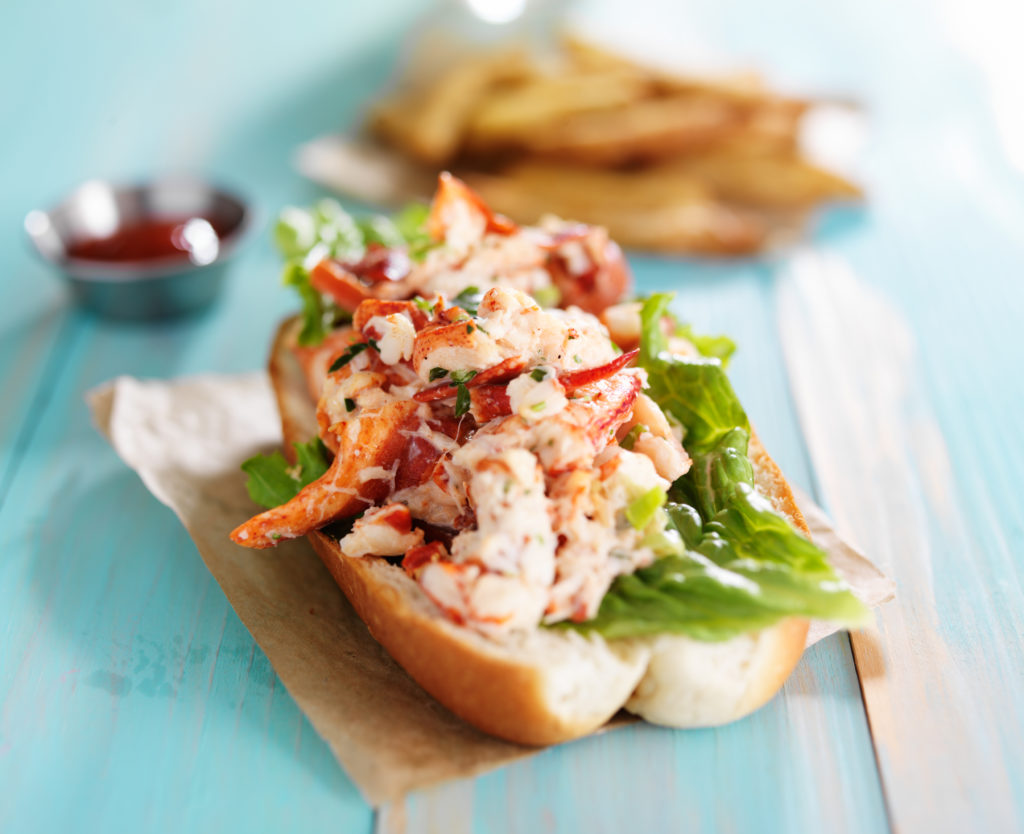Americans have a long and storied love affair with seafood. However, few creatures from the ocean’s depths are as celebrated as the lobster. According to an Undercurrent News report from summer 2016, even as lobster prices remain comparatively high, they’ve done nothing to diminish the demand.
And there’s no denying the sheer economic power of the lobster, as the Portland Press Herald pointed out. For instance, Maine’s local economy receives $1.7 billion in total economic benefits as the largest producer in the U.S.
“Maine produced 80 percent of America’s lobsters.”
As a chef, facilitating the consumer’s love of lobster begins with choosing the right specimen; here are five handy tips to keep in mind:
1. Opting for soft vs. hard
They might all be red in appearance, but there are actually a few different species. Chefs in particular should be concerned with soft-shell versus hard-shell lobsters. Generally speaking, the soft lobsters have meat that’s noticeably sweet, while you can expect tough, hearty meat from the hard-shelled. This is important to keep in mind as you decide how to cook the lobster, be it grilled, baked or boiled.
2. Watching fat content
Fresh lobster is always better than freeze-fried or those who’ve spent any time in an aquarium, but not for the reasons you might think. According to Food Republic, a lobster is similar to a cow in that when it isn’t being fed properly, it’ll use any excess fat to stay alive. So, getting lobster right from the ocean means a larger fat content, and that’s going to ensure proper taste and quality. If you do opt for less fresh lobster, just make sure it has ample body fat.
3. Finding other signs of life
Fat content isn’t the only indicator of a fresh and healthy lobster. To begin, try holding the still-living lobster; you want to make sure its claws remain up and don’t slump down to the side. If it moves around a bit, like shaking its claws to and fro, you’ll know the lobster is in the proper physical condition. Finally, you always want longer antennae, as this indicates a lobster’s vitality and overall taste.
4. Choosing tails instead
Some chefs opt not to buy the whole lobster and save some money by going with just the tail. If that’s the case, you won’t find any tails from the Maine lobster, as they’re far too expensive to regularly supply. Instead, you’ll find tails from the claw-less rock lobster, which ranges in weight from 1 to 15 pounds. They may be less expensive, but there are certain signs to watch out for as well. Tails should always be firm upon touch and lack an odor of ammonia.
5. Staying in season
Having locally sourced food is great for a number of reasons, and that’s especially true when it comes to lobsters. Creatures taken from nearby waters are going to be of much better quality than those that took a cross-country trip. If you don’t leave near any ample waterways, then at least make sure the shipped lobsters you buy are in season. While they’re harvested all year, the biggest quantities come during the lobster’s’ peak between late June and December.



